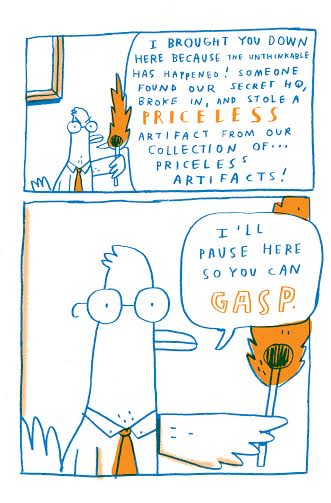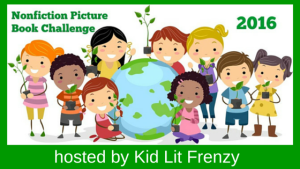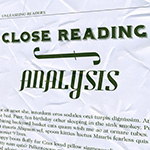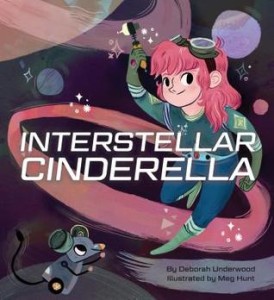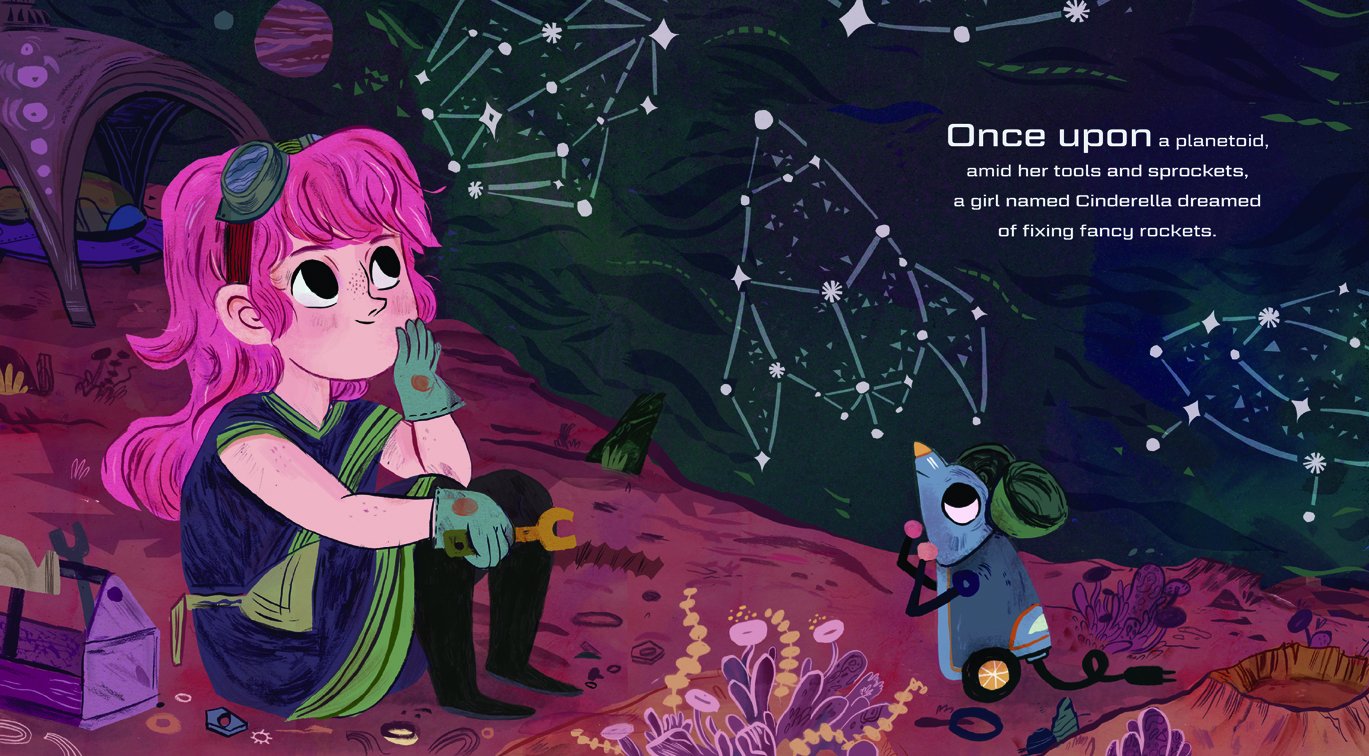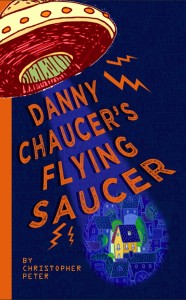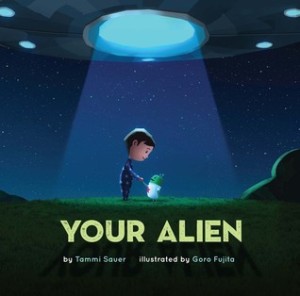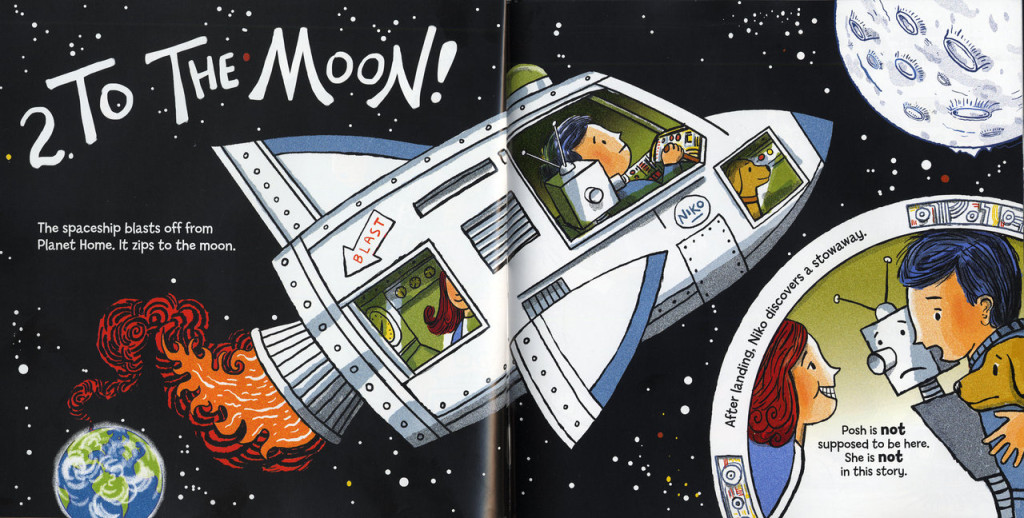Chronicle of the Dark Star: Last Day on Mars
Author: Kevin Emerson
Publishes February 14th, 2017 by Walden Pond Press
Summary: It is Earth year 2213—but, of course, there is no Earth anymore. Not since it was burned to a cinder by the sun, which has mysteriously begun the process of going supernova. The human race has fled to Mars, but this was only a temporary solution while we prepare for a second trip: a one-hundred-fifty-year journey to a distant star, our best guess at where we might find a new home.
Liam Saunders-Chang is one of the last humans left on Mars. The son of two scientists who have been racing against time to create technology vital to humanity’s survival, Liam, along with his friend Phoebe, will be on the very last starliner to depart before Mars, like Earth before it, is destroyed.
Or so he thinks. Because before this day is over, Liam and Phoebe will make a series of profound discoveries about the nature of time and space, and find out that the human race is just one of many in our universe locked in a desperate struggle for survival.
About the Author: Kevin Emerson is the author of The Fellowship for Alien Detection as well as the Exile series, the Atlanteans series, the Oliver Nocturne series, and Carlos is Gonna Get It. He is also an acclaimed musician who has recorded songs for both children and adults. A former K-8 science teacher, Kevin lives with his family in Seattle. Visit him online at www.kevinemerson.net
Social Media:
Kevin Emerson on Twitter: @kcemerson
Walden Pond Press Twitter: @waldenpondpress
Walden Pond Press Facebook: https://www.
Advance Praise:
“Enigmatic enemies, sabotage, space travel, and short, bone-wracking bits of time travel make for a banging adventure.” Kirkus Reviews (Starred)
“Last Day on Mars is thrillingly ambitious and imaginative. Like a lovechild of Gravity and The Martian, it’s a rousing space opera for any age, meticulously researched and relentlessly paced, that balances action, science, humor, and most importantly, two compelling main characters in Liam and Phoebe. A fantastic start to an epic new series.” —Soman Chainani, New York Times bestselling author of the School for Good and Evil series
“Emerson’s writing explodes off the page in this irresistible space adventure, filled with startling plot twists, diabolical aliens, and (my favorite!) courageous young heroes faced with an impossible task.” —Lisa McMann, New York Times bestselling author of the Unwanteds series
Review: The suspense that builds throughout this book is palpable! I really enjoyed how Kevin Emerson used a prologue to set the stage for Liam’s world so that once Liam’s story begins, we jump right into the chaos of the the last day on Mars for all humans. What I assumed this story was going to be ended up just being the tip of the iceberg. I knew the story was going to be about humans escaping a doomed Mars, but there is an underlying heart-stopping craziness that really adds suspense to the novel.
AND you will be so mad when it ends because even though the current conflict is mostly resolved, there is definitely a cliffhanger, and you will be on your seat waiting for book 2 with me!
Teachers’ Tools for Navigation: My 8th grade teachers have their students take part in dystopian lit circles to discuss different components of utopian vs. dystopian societies, and I think Life on Mars would be a great basis to start a sci-fi lit circle set that would include books about the future of humans that don’t fit the exact dystopian/utopian definition. It would be a really interesting way to discuss authors’ representation of humans’ future. Or if you did this as a an inclusion to a text set, there are many articles, picture books, and movies out there that also touch on this subject.
Publisher Teaching Guide:
Discussion Questions: What foreshadowing did the prologue give us for what happened to Liam?; What foreshadowing for book two did the end of book one give us about Phoebe?; What character traits does Liam embrace? What evidence supports your analysis?; What event do you think was what propelled the plot to what it became in the end?; Which character do you feel was the hero of the story?
Flagged Passages: “Earth Year: 2179. As you all know, for the past four years we have been documenting unusual activity in the sun. Increased radiation and solar flares have wreaked havoc on daily life. The best minds in the world have studied this data around the clock, and tonight I can report that while we still do not know the cause, the conclusion is unanimous: the sun is expanding and we are all in grave danger.” (p. 14)
Read This If You Loved: Feed by MT Anderson, Black Hole Sun by David Macinnis Gill, Life on Mars by Jon Agee
Recommended For:
Blog Tour Stops:
Jan. 27th Unleashing Readers
Jan. 30th SciFi Chick
Feb. 1st This Kid Reviews Books
Feb. 3rd Walden Media Tumblr
Feb. 6th Word Spelunking
Feb. 7th Novel Novice
Feb. 8th Charlotte’s Library
Feb. 9th Satisfaction for Insatiable Readers
Feb. 10th Librarian’s Quest
**Thank you to Walden Pond Press for having us be part of the blog tour!**







